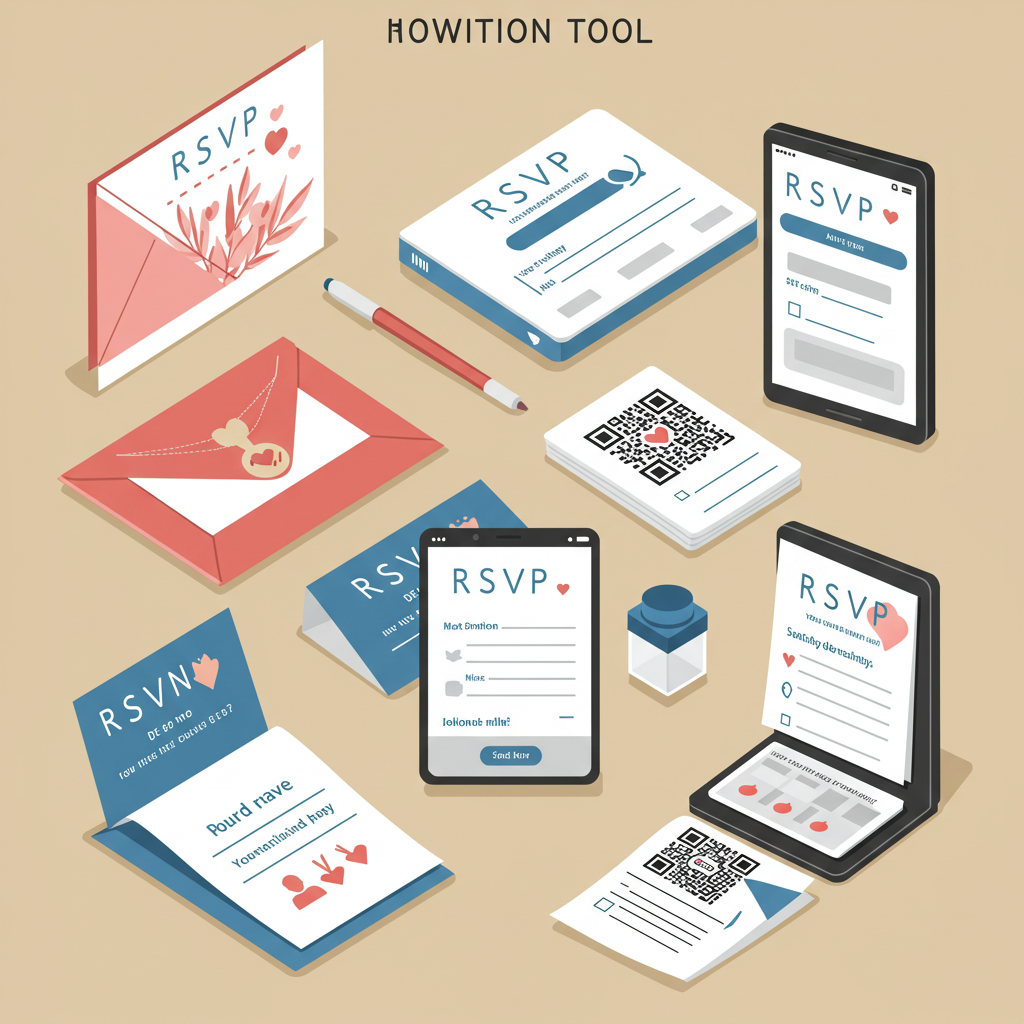In today’s distracting world, community engagement has never been more crucial. As local issues become increasingly complex and diverse, the need for effective communication and collaboration between community members and organizations is important. Whether you’re a city planner seeking input on a new development project, a nonprofit aiming to gather volunteers, or simply a concerned citizen wanting to make your voice heard, the right tools can make all the difference.
In this blog post, we will explore various tools that facilitate community engagement, ranging from traditional methods like public meetings and focus groups to innovative digital solutions such as social media platforms and community engagement software. By examining both successful case studies and practical tips for choosing the right tools, we aim to equip you with the knowledge and resources necessary to foster inclusivity, enhance collaboration, and ultimately create a thriving community. Join us as we delve into the essential tools for community engagement and discover how they can empower every voice in the community to contribute to meaningful change.
What is a Community Engagement Platform?
A Community Engagement platform is a digital platform, program, tool or software built to enhance the operations and missions of communities and their participants.
These platform help community leaders build relationships, spread their mission and gain support. The infrastructure of these platforms help communities build a digital connection with their stakeholders.
Each Community Engagement Platform is unique in its feature set and purpose it serves for which type of community it serves.
Understanding the Importance of Community Engagement
Community engagement is the cornerstone of a vibrant and functioning society. It encompasses the processes and practices that facilitate active participation, collaboration, and dialogue among individuals and organizations within a community. Understanding its importance is essential for fostering a sense of belonging, ensuring that diverse perspectives are heard, and promoting collective action. In this section, we will explore the multifaceted benefits of community engagement and why it should be a priority for local governments, nonprofits, and citizens alike.
Building Trust and Relationships
One of the primary benefits of community engagement is the trust it fosters among community members and between residents and institutions. When individuals feel that their opinions matter and are taken into account, they are more likely to engage positively with local authorities and organizations. This trust builds stronger relationships, which are vital for creating a cooperative and resilient community. For example, the city of Portland, Oregon, has successfully implemented community engagement practices that have helped build trust between residents and city officials, leading to more effective governance.
Enhancing Decision-Making Processes
Community engagement allows for a diverse range of perspectives to be considered in the decision-making processes. By incorporating the voices of different stakeholders, including marginalized groups, communities can ensure that decisions reflect the needs and desires of the entire population. This inclusivity can lead to more effective solutions and policies that are better tailored to the community’s unique context. For instance, the city of San Francisco has utilized community engagement to gather input on housing policies, resulting in more comprehensive and equitable housing solutions.
Promoting Civic Participation
Engaging community members encourages a culture of civic participation. When people are involved in discussions and decisions that affect their lives, they are more likely to participate in other civic activities, such as voting, volunteering, and attending local events. This heightened involvement contributes to a more informed and active citizenry, which is essential for the health of any democracy. The success of initiatives like the “Civic Engagement Initiative” in Chicago demonstrates how fostering community engagement can lead to increased voter turnout and civic involvement.
Empowering Communities
Community engagement empowers residents by giving them a voice in shaping their environment and future. This empowerment can lead to increased self-efficacy and a stronger sense of agency among community members. When individuals feel that they have a stake in their community, they are more likely to take initiative, collaborate with others, and work toward positive change. The “Empowerment Zone” initiative in Los Angeles exemplifies how targeted community engagement can lead to grassroots movements and significant social improvements.
Addressing Social Issues
Many social issues, such as poverty, inequality, and public health, require collective action to address effectively. Community engagement ensures that the voices of those most affected by these issues are heard and considered in the development of solutions. By involving community members in discussions about social challenges, organizations can design interventions that are culturally sensitive and contextually relevant. The “Community Health Needs Assessment” led by the Baltimore City Health Department showcases how community engagement can lead to targeted health initiatives that address the specific needs of the population.
Fostering Sustainability and Resilience
Communities that engage their members are often more resilient in the face of challenges, such as economic downturns, natural disasters, or social upheaval. When residents are actively involved in community planning and decision-making, they develop a greater sense of ownership and commitment to their community’s well-being. This collective responsibility can lead to more sustainable practices and a stronger capacity to adapt to changing circumstances. The “Resilient Communities” program in New Orleans highlights how community engagement can be a key factor in building resilience after disasters.
Conclusion
In summary, understanding the importance of community engagement is vital for fostering trust, enhancing decision-making, promoting civic participation, empowering communities, addressing social issues, and fostering sustainability. As we delve deeper into the tools available for community engagement, it’s crucial to remember that these tools are not just instruments for communication—they are pathways to building a stronger, more connected, and more effective community. Whether through traditional methods or modern digital platforms, the goal remains the same: to create a space where every voice is valued, and every individual has the opportunity to contribute to the collective good.
Top 7 Tools for Community Engagement
1. Evant
Evant is a unique SMS platform designed for communities. Evant empahsises RSVP collection, engagement statistics and effective communication. The platform is designed for communities looking to manage there event through text. SMS has been proved to increase response & engagement rates by 3-5x over traditional modes of communication.

2. Circle
Circle is a versatile platform designed for creators, brands, and educators. It offers a clean, intuitive interface with features like discussions, events, and content sharing. Circle excels in supporting community-driven learning and collaboration, allowing users to create spaces for courses, memberships, and events
3. Hivebrite
Hivebrite is a powerful, customizable platform tailored for organizations, alumni networks, and professional associations. It provides tools for managing events, content, and member directories. Hivebrite allows organizations to create a branded experience with custom domains and offers features like job boards and fundraising capabilities.
4. Discourse
As an open-source platform, Discourse is highly customizable and suitable for creating modern discussion forums. It emphasizes user interaction through discussions, polls, and badges, making it ideal for managing active communities of various sizes5. Discourse also offers real-time notifications and moderation tools
5. LearnWorlds
LearnWorlds is an all-in-one online course platform with a strong focus on community-building. It features a built-in community dashboard with discussion forums, activity feeds, and customizable community spaces. The platform is particularly well-suited for educators and organizations looking to combine learning with community engagement
6. Mighty Networks
Mighty Networks offers flexible community spaces and high engagement tools. It includes features for course creation, native live streaming, and a dynamic activity feed. The platform is designed to foster community-led learning and collaboration
7. Breezio
Breezio is designed to foster collaboration through real-time interaction and document sharing. It offers customizable discussion spaces, easy content uploading, and live chat features. Breezio is particularly popular with organizations that value collaboration across teams and projects
These tools offer a range of features to suit different community engagement needs, from simple discussion forums to comprehensive platforms with learning and event management capabilities. When choosing a platform, consider your specific requirements, budget, and the level of customization you need to create an engaging community experience.
Read more about RSVP tools in our Top RSVPify alternatives article.
Choosing the Right Tools for Your Community
Selecting the right tools for community engagement is a crucial step in ensuring that efforts are effective, inclusive, and responsive to the needs of the community. With a myriad of options available—from traditional methods to digital platforms—understanding how to choose the most appropriate tools can significantly enhance the quality of engagement. In this section, we will explore critical factors to consider when selecting community engagement tools, including understanding community needs, ensuring accessibility and inclusivity, and evaluating the effectiveness of the chosen tools.
Understanding Your Community’s Needs
Before choosing specific engagement tools, it is essential to have a deep understanding of the community’s unique dynamics, demographics, and preferences. This understanding will guide the selection process and help ensure that the chosen tools resonate with the target audience.
- Conduct a Community Assessment: Start by gathering information about the community, including its demographics, cultural backgrounds, and existing engagement practices. Engaging in conversations with community leaders, organizations, and residents can provide valuable insights into their needs and preferences.
- Identify Key Issues and Goals: Determine the primary issues or topics that require community input and engagement. This may involve addressing specific challenges, such as housing, public safety, or environmental concerns. Clearly defined goals will help in selecting tools that align with the desired outcomes.
- Consider Past Engagement Efforts: Review previous community engagement initiatives to identify what worked well and what did not. Understanding the successes and shortcomings of past efforts can inform the selection of new tools and approaches that may be more effective.
Accessibility and Inclusivity
Ensuring that engagement tools are accessible and inclusive is vital for fostering participation from diverse community members. This consideration can help to eliminate barriers that may prevent certain groups from participating.
- Diverse Formats: Choose tools that accommodate various preferences and abilities. For instance, while digital tools may be effective for tech-savvy populations, traditional methods like in-person meetings or paper surveys may be necessary to engage individuals who lack internet access or digital literacy.
- Language and Cultural Sensitivity: Ensure that materials and communications are available in multiple languages and are culturally sensitive. This approach can empower non-English speakers and individuals from diverse backgrounds to participate fully.
- Physical Accessibility: When organizing in-person events, consider the physical accessibility of venues. Ensure that locations are wheelchair accessible and that transportation options are available for those who may have difficulty traveling.
Evaluating the Effectiveness of a Tool
Once tools have been selected, it is essential to establish criteria for evaluating their effectiveness in achieving community engagement goals. This evaluation process can help identify areas for improvement and inform future initiatives.
- Set Clear Metrics: Define specific metrics for measuring engagement success. This may include attendance numbers, survey response rates, social media interactions, or qualitative feedback from participants. Establishing clear benchmarks can help in assessing the impact of the chosen tools.
- Gather Feedback: After engagement efforts, seek feedback from participants regarding their experiences. Understanding what worked well and what could be improved will provide valuable insights for refining future engagement strategies.
- Analyze Data: Utilize data analytics tools to assess engagement outcomes quantitatively. Analyzing data collected through surveys, social media interactions, or attendance records can reveal trends and patterns that inform decision-making.
Conclusion
Choosing the right tools for community engagement is a nuanced process that requires a deep understanding of community needs, a commitment to accessibility and inclusivity, and a framework for evaluating effectiveness. By taking the time to assess these factors, organizations and community leaders can enhance their engagement efforts, ensuring that all voices are heard and valued. As we navigate an increasingly complex landscape of community issues, selecting appropriate tools will be fundamental to fostering meaningful participation and collaboration, ultimately leading to stronger, more resilient communities.
Check out Evant's unique SMS Community engagement tool.
Related Blogs


RSVP Tools: Best Options, Google RSVP Limitations & Why Text Wins
Michael PedoeemExplore the best RSVP tools, Google RSVP’s limitations, and why text RSVP is the most efficient for event planning with instant confirmations and reminders.


My School SMS: Bridging the Gap between Schools, Parents, and Students
Michael PedoeemMy School SMS - What's it all about


Ready to transform your community









